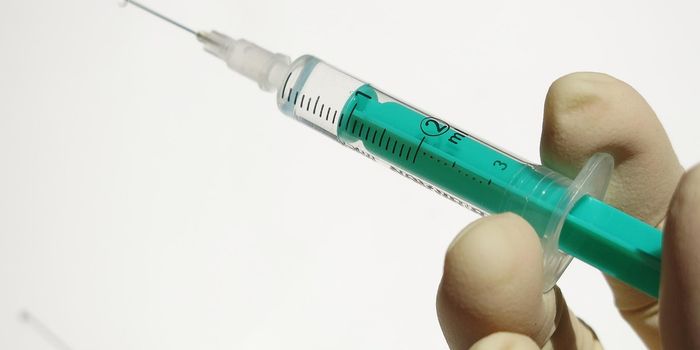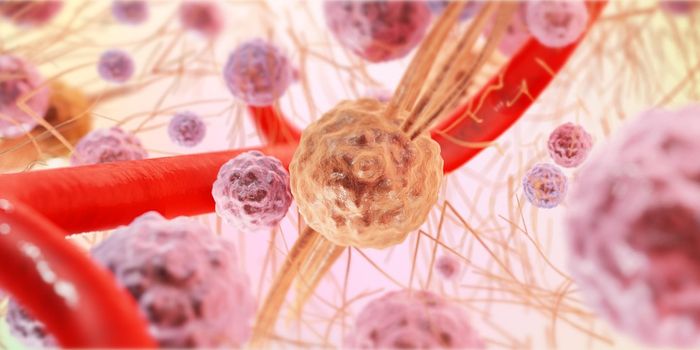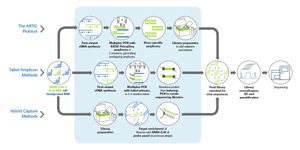Pizza's (Temporary) Effect on the Immune System
Too much salt isn’t good for you—we know that it can contribute to elevated blood pressure, cardiovascular and kidney problems, stroke, and osteoporosis. Because of this, it’s recommended that adults eat no more than around a teaspoon of salt daily.
Now, scientists have identified yet another reason why nutritional sodium levels need to be carefully considered: It impacts the immune system. In previous studies, researchers from the Max Delbrück Center for Molecular Medicine showed how sodium levels influenced the function of immune monocytes and macrophages by altering mitochondrial function. This creates a profound shift in immune metabolism, decreasing the amount of energy generated by the mitochondria.
To expand on this work, the researchers tested their hypothesis in a human study. They gave 20 (10 men and 10 women) study participants a pizza meal containing 10 grams of sodium, roughly double the recommended daily amount. The scientists found that mitochondrial activity in the immune cells of the participants took an immediate hit, but recovered after around eight hours.
“Just with this tiny change — this four millimoles change of sodium — you can somehow bother your mitochondria,” said Dominik Müller, senior author of the study. “This was unexpected because huge loads of salt sometimes have artificial actions, but this is something that you can see upon one meal.”
However, there isn’t a clear cause and effect when it comes to salt’s relationship with the immune system. On one hand, metabolic changes in macrophages trigger inflammatory processes associated with cardiovascular disease. However, other studies suggest that sodium has an anti-inflammatory effect, encouraging the removal of pathogenic bacteria by immune cells.
For now, additional studies are required to answer these lingering questions, although the team is pointing towards evolutionary biology as holding clues to this complex cellular response to sodium.
“There is a yin and yang of this kind of mechanism,” concluded Müller. “It might be that it had some reason to exist and still to exist.”
Sources: Circulation, Inverse.









